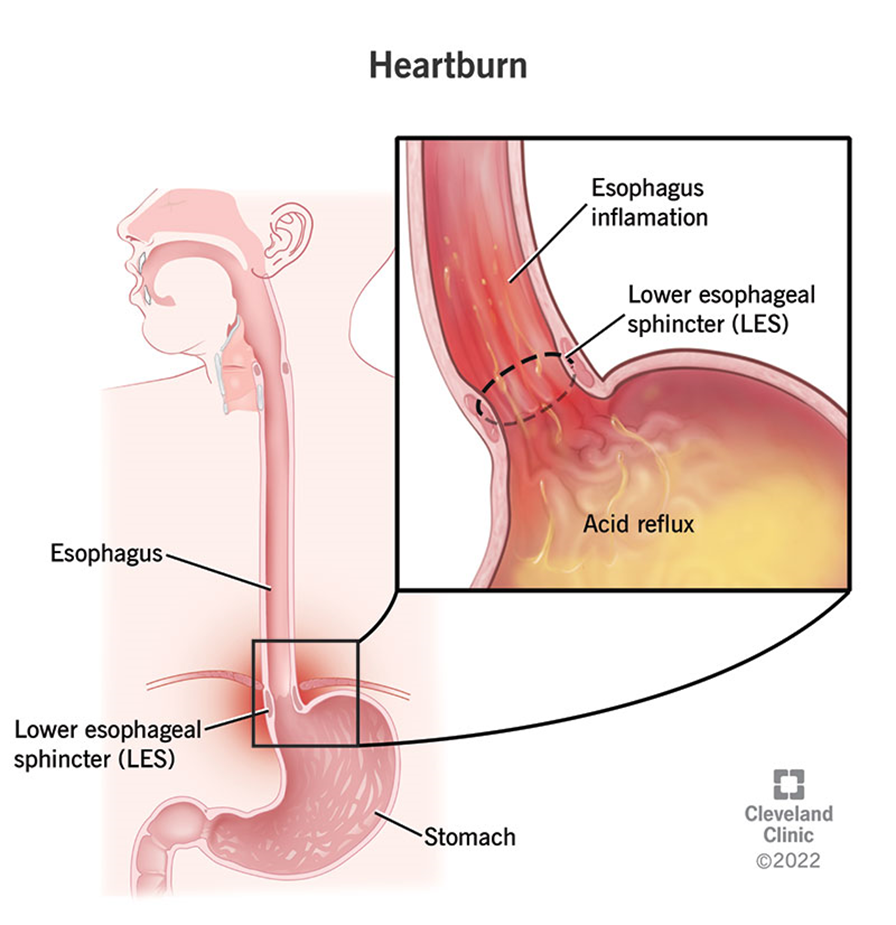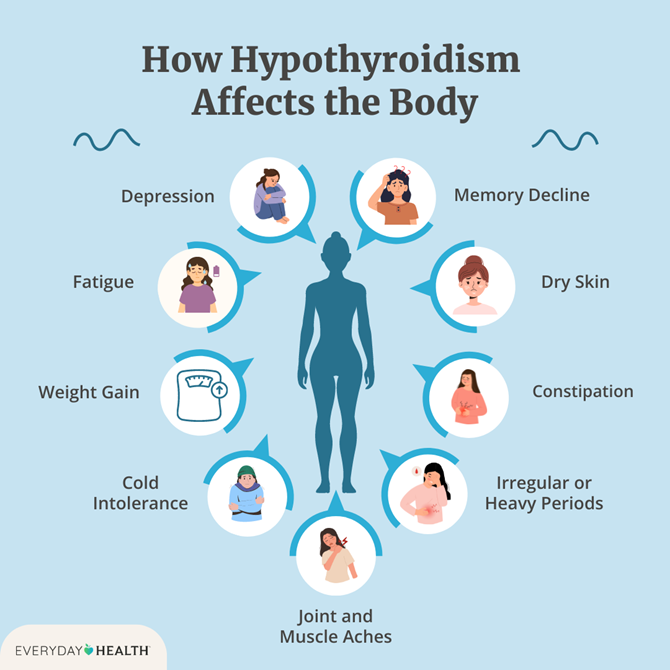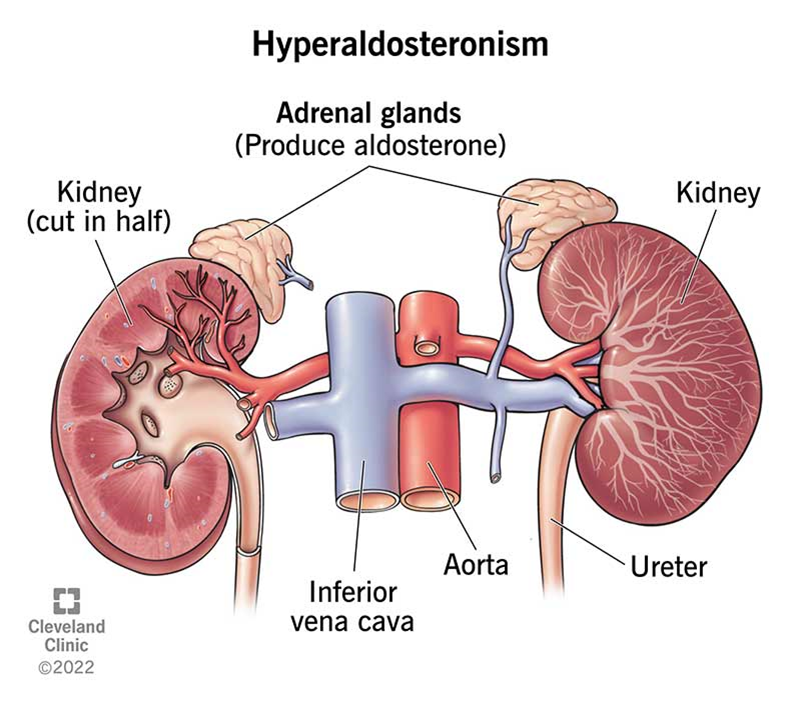A patient with peptic ulcer disease is scheduled to receive doses of pantoprazole IV and sucralfate PO before breakfast at 0800. The patient reports experiencing heartburn. The nurse brings the scheduled medications. Which action should the nurse take?
Provide a PRN dose of antacid along with the scheduled medications.
Instruct the client to take the dose of sucralfate PO while eating breakfast.
Hold the dose of IV pantoprazole until the client has finished eating breakfast.
Administer both of the medications before breakfast as scheduled.
The Correct Answer is D
Choice A Reason:
Providing a PRN dose of antacid along with the scheduled medications is not the best option. Antacids can interfere with the absorption of other medications, including sucralfate and pantoprazole. Sucralfate works by forming a protective barrier on the ulcer site, and pantoprazole is a proton pump inhibitor that reduces stomach acid production. Adding an antacid could alter the effectiveness of these medications.
Choice B Reason:
Instructing the client to take the dose of sucralfate PO while eating breakfast is incorrect. Sucralfate should be taken on an empty stomach, typically one hour before meals, to ensure it can effectively coat the ulcer site and provide protection. Taking it with food can reduce its efficacy.
Choice C Reason:
Holding the dose of IV pantoprazole until the client has finished eating breakfast is not advisable. Pantoprazole is most effective when taken before meals, as it helps to reduce stomach acid production in anticipation of food intake. Delaying the dose could result in less effective acid suppression and increased discomfort for the patient.
Choice D Reason:
Administering both of the medications before breakfast as scheduled is the correct action. Sucralfate should be taken on an empty stomach to form a protective barrier on the ulcer site, and pantoprazole should be administered before meals to reduce stomach acid production. This timing ensures both medications work optimally to manage the patient’s peptic ulcer disease and alleviate symptoms like heartburn.

Nursing Test Bank
Naxlex Comprehensive Predictor Exams
Related Questions
Correct Answer is C
Explanation
Choice A reason: Constipation is typically a symptom of hypothyroidism, not hyperthyroidism. If a client is taking too much levothyroxine, they are more likely to experience symptoms of hyperthyroidism, such as diarrhea, rather than constipation.
Choice B reason: Intolerance to cold is a common symptom of hypothyroidism, indicating that the thyroid hormone levels are too low. If the client is taking too much levothyroxine, they would more likely experience heat intolerance due to increased metabolic activity.
Choice C reason: Restlessness is a symptom of hyperthyroidism, which can occur if a client is taking too much levothyroxine. Excess thyroid hormone can lead to increased nervous system activity, causing symptoms such as restlessness, anxiety, and tremors.
Choice D reason: Decreased appetite is more commonly associated with hypothyroidism. In contrast, hyperthyroidism, which can result from taking too much levothyroxine, often leads to an increased appetite.

Correct Answer is D
Explanation
Choice A Reason:
Spironolactone is a potassium-sparing diuretic often prescribed for heart failure. While monitoring for side effects is important, excessive bruising is not a common side effect of spironolactone. Bruising might be more relevant for patients on anticoagulants or those with clotting disorders.
Choice B Reason:
Replacing salt with a salt substitute is not advisable for patients on spironolactone. Many salt substitutes contain potassium chloride, which can lead to hyperkalemia (high potassium levels) when combined with spironolactone. Hyperkalemia can cause serious cardiac issues, including arrhythmias.
Choice C Reason:
Covering the skin before going outside is not specifically related to the use of spironolactone. This advice might be more relevant for medications that cause photosensitivity, such as certain antibiotics or diuretics like hydrochlorothiazide, but not spironolactone.
Choice D Reason:
Limiting the intake of foods high in potassium is crucial for patients taking spironolactone. Spironolactone can increase potassium levels in the blood, and consuming high-potassium foods (like bananas, oranges, and potatoes) can exacerbate this effect, leading to hyperkalemia. Hyperkalemia can be dangerous and cause symptoms such as muscle weakness, fatigue, and cardiac arrhythmias.

Whether you are a student looking to ace your exams or a practicing nurse seeking to enhance your expertise , our nursing education contents will empower you with the confidence and competence to make a difference in the lives of patients and become a respected leader in the healthcare field.
Visit Naxlex, invest in your future and unlock endless possibilities with our unparalleled nursing education contents today
Report Wrong Answer on the Current Question
Do you disagree with the answer? If yes, what is your expected answer? Explain.
Kindly be descriptive with the issue you are facing.
